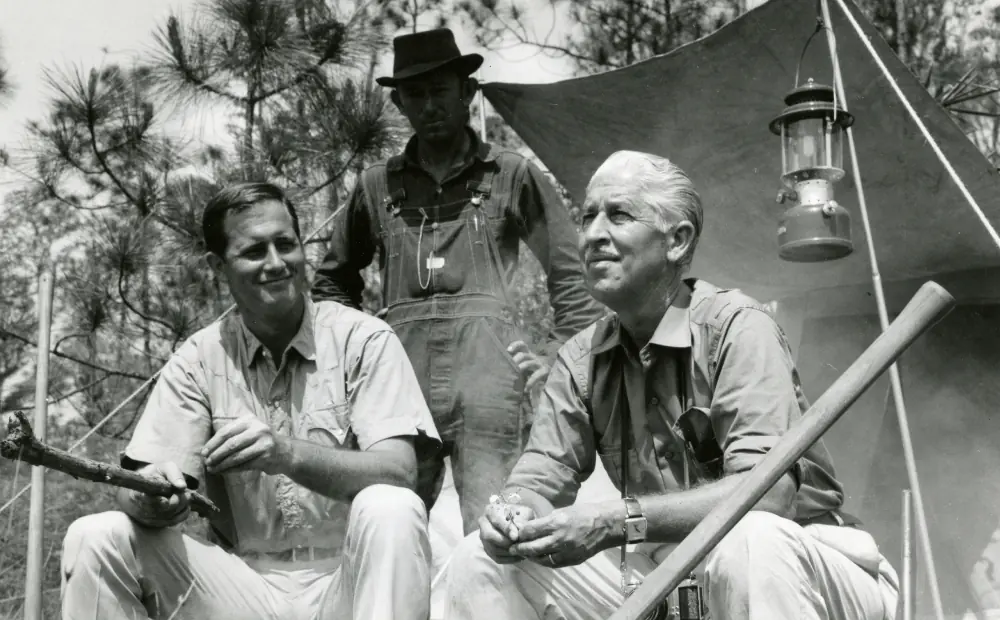0:00
In 1988, the first black-footed ferret cells were collected, frozen and carefully stored in a secure lab.
0:08
Those cells became the first of any native endangered animal species from North America to be cloned.
0:15
Here at the San Diego Zoo, biologists are using advanced cloning technology to help save other endangered species from extinction, like the mighty rhinoceros.
0:26
Oh my gosh, that one is running.
0:28
Do you see that one running around?
0:33
Oh, I love rhinos.
0:35
They are beautiful.
0:37
It's all possible because their cells have been frozen in time here at the Frozen Zoo.
0:43
Along with the black-footed ferrets, this one-of-a-kind facility acts as a genetic time machine and could help bring back endangered or even extinct species in the future.
0:58
The Frozen Zoo is the largest, most diverse collection of its kind, and it's a collection of skin cells from mammals, birds, reptiles, and amphibians.
1:08
That's really incredible.
1:09
Why skin cells?
1:10
Why are they so important and useful?
1:12
That's a great question.
1:13
The skin cells can be used for all kinds of genetic rescue of a species, and we can also clone from these cells.
1:20
So that sounds like science fiction, but it is actually science, proper science that can save some of these species from extinction.
1:28
Right.
1:29
We have the cells from the black footed ferret, Elizabeth Ann, If you'd like to see those.
1:35
I would love to see it.
1:37
What a story.
1:38
I mean, the first cloned black footed ferret originated from cells that were housed right in this room.
1:44
Exactly.
1:45
Yes.
1:45
That's amazing.
1:51
My goodness.
1:54
Oh, this is a really cool moment.
1:56
It really is.
1:57
This is awesome.
1:59
You can read that black footed ferret.
2:01
So that's a pellet of cells and there's one to three million living cells in there.
2:06
DNA is non living, but the living cells are why they can contribute to cloning.
2:13
And the only way to keep them alive is to keep them frozen like this.
2:17
Exactly.
2:17
So how did we get Elizabeth Ann?
2:21
She's a clone of a ferret named Willa, a ferret that had never reproduced from 1988, from 1988.
2:29
Think of all the animals that were alive 50 years ago that have died.
2:32
But we have their cells.
2:34
For example, we have the cells of 12 northern white rhinos.
2:38
They're only two alive today.
2:40
We have 3 extinct species.
2:42
It is amazing technology.
2:45
Marlys, I have to just ask, is there an emotional element for you to kind of hold some of potentially the future of a whole species in your hands literally at times?
2:56
What does it feel like?
2:57
Do you want to feel what it feels like?
2:58
Yes.
2:59
Is that an option?
3:00
Yes.
3:00
If you hold your hand over the liquid nitrogen here, what does that say?
3:05
It says female black-footed ferret, March 1988.
3:11
Wow.
3:12
So you're holding living cells of an animal that has passed away, but these cells have the genetic diversity that will help the population.
3:22
Honestly, it feels like hope is what it feels like, that cells are alive and useful.
3:29
It's really hopeful.












